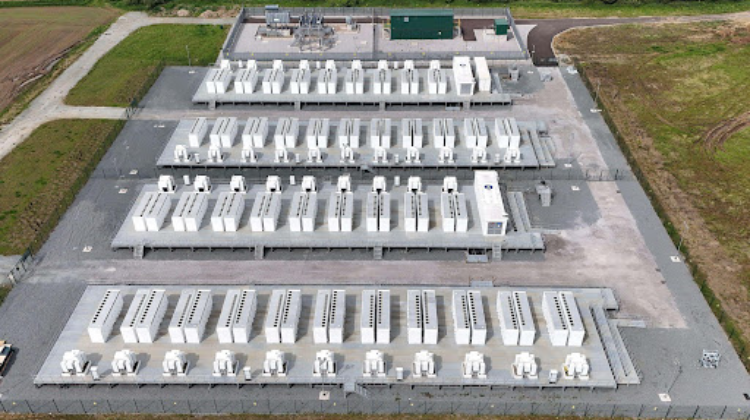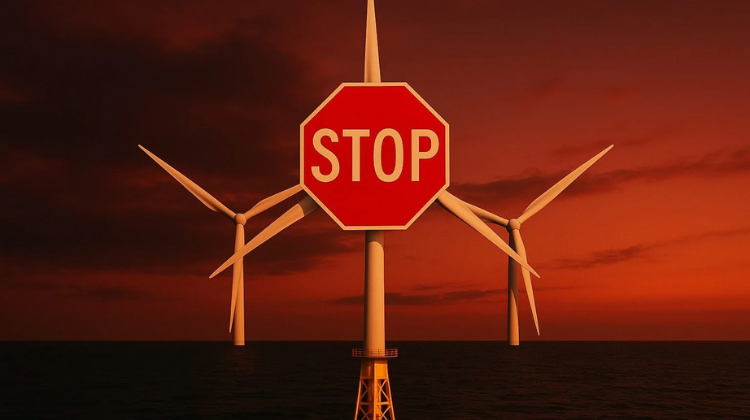Long Duration Electricity Storage (LDES) will play a key role in Great Britain’s grid expansion, storing extra renewable energy when the weather conditions are producing more than we need, and use later when the wind is not blowing.
As the UK accelerates its transition to clean power, we’re all familiar with the technologies at either end of the energy journey — from solar farms and wind turbines generating renewable power, to electric vehicle chargers and heat pumps using it.
But what’s happening in the middle of that net zero journey is just as vital.
Innovations in grid infrastructure and LDES are quietly transforming how we manage renewable energy. Unlike fossil fuels, solar and wind power are intermittent — meaning there are times when we generate more energy than we need, and times when we don’t generate enough. LDES projects are designed to meet this challenge.
Instead of having to pay wind and solar farm operators to stop generating on particularly windy or sunny days, long duration electricity storage can maximise green energy production by providing more innovative ways to store that excess power so the generators can keep running for longer.
This stored electricity can then be used later when the weather changes and there isn’t enough renewable generation to meet demand – meaning even more savings for customers with less need to pay gas power stations to switch on to cover the shortfall.
Supporting a government growth pledge to build major new LDES projects for the first time in 40 years, Ofgem launched a new cap and floor support scheme in April to unlock billions in investment and boost Great Britain’s tech economy.
An initial group of 171 projects applied to the scheme and today the regulator is confirming that 77 applications are eligible to progress to the second phase of the process. These projects include a variety of storage methods such as Li-Ion batteries, flow batteries and pumped hydro storage, which releases water stored at height to turn turbines, creating electricity to power millions of homes across the country.
This diversity of technologies can all play a crucial role in delivering a cleaner, more efficient and secure energy system with the capacity to bring balance to Britain’s renewable energy production, whatever the weather.
Beatrice Filkin, Director of Major Projects Infrastructure for Ofgem, said:
“Renewable power is the key to seizing control of our own energy system and end the costly reliance on the turbulent wholesale gas market, so we don’t want to see a single watt go to waste.
“That’s why we need to boost our ability to store as much homegrown energy as we can to let the turbines keep turning when the wind is at its strongest – and on the days when the gusts drop and the sun doesn’t shine that reserve of excess clean power can be called upon.
“There’s lots of different ways you can do this – with batteries, compressed air or pumped hydro storage – and we’ll consider them all, as this technology is vital for a modern energy system.
“Through Ofgem’s cap and floor process we are beginning to identify the projects that we think are best placed to capture and make the most of our precious natural resources, so that we can have safe, secure and good value-for-money power.”
Energy Minister Michael Shanks said:
“This is another huge step forward in reversing the legacy that has seen no new long duration storage built for 40 years – a technology that will see Britain take back control of its energy supply and protect billpayers for good.
“By scaling this up, we can transform the way electricity is supplied in this country when demand is high – using stored up low-cost, homegrown solar and wind power to help end our reliance on costly fossil fuel markets once and for all.”
As the remaining applications move forward to the next stage, Ofgem will request more detailed information set out in the Final Project Assessment Framework, published today, before the successful projects are confirmed in the summer of 2026.































